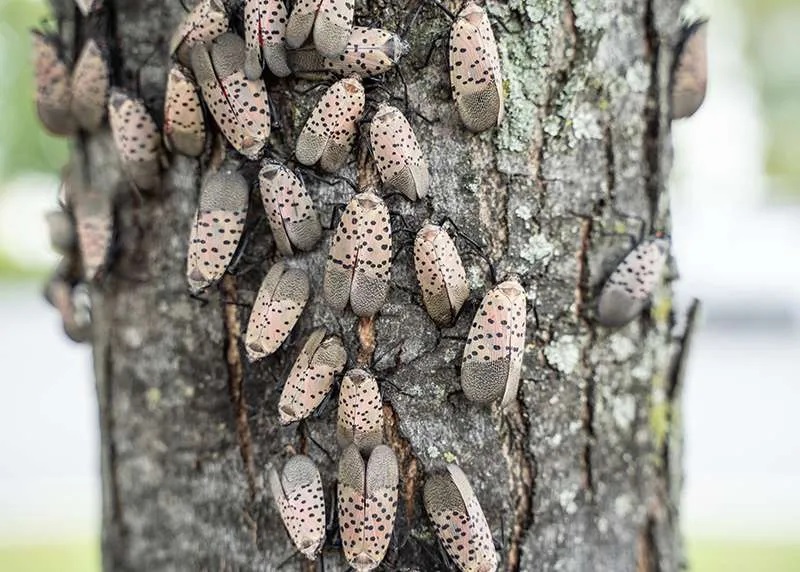Invasive pest species can wreak havoc on homes, gardens, and local ecosystems. These pests, often non-native, can outcompete native species, cause significant damage, and pose health risks. Managing invasive pests requires a comprehensive approach involving prevention, identification, and targeted control measures. This article provides practical strategies for dealing with invasive pest species, with insights on pest control in Boise.
Understanding Invasive Pest Species
Invasive pests are non-native organisms that spread rapidly and cause harm to the environment, economy, or human health.
Common Invasive Pests
- Asian Longhorned Beetle: Known for damaging hardwood trees.
- Emerald Ash Borer: Targets ash trees, leading to widespread tree death.
- Brown Marmorated Stink Bug: Infests homes and damages crops.
- Spotted Lanternfly: Affects a variety of plants, including fruit trees and grapes.
Impact of Invasive Pests
Invasive pests can cause extensive damage by:
- Displacing native species.
- Damaging crops and plants.
- Spreading diseases.
- Affecting property values and aesthetics.
Preventive Measures
Preventing the introduction and spread of invasive pests is the first line of defense.
Inspect New Plants and Materials
Carefully inspect any new plants, soil, or materials before bringing them into your home or garden to prevent introducing pests.
- Quarantine New Plants: Isolate new plants for a period to monitor for any signs of pests before integrating them into your garden.
- Check Packaging: Inspect packaging materials for signs of pests, especially when receiving shipments from other regions.
Maintain Cleanliness
A clean environment can deter pests from settling.
- Regular Cleaning: Clean indoor and outdoor areas regularly to remove debris and potential hiding spots for pests.
- Proper Waste Disposal: Dispose of waste properly, ensuring that garbage bins are sealed and regularly emptied.
-

Portrait of a single spotted lanternfly in a natural background in Berks County, PA
Educate Yourself and Others
Awareness is key to preventing the spread of invasive pests.
- Learn About Local Pests: Familiarize yourself with common invasive pests in your area and their signs.
- Report Sightings: Report any sightings of invasive pests to local authorities to help manage their spread.
Identifying Invasive Pests
Accurate identification is crucial for effective pest control.
Visual Inspection
Regularly inspect your home, garden, and property for signs of pests.
- Look for Damage: Check plants and trees for signs of damage, such as holes, wilting, or discoloration.
- Identify Pests: Use resources like pest identification guides or apps to identify the pests you encounter.
Monitoring Tools
Use monitoring tools to detect pest activity early.
- Sticky Traps: Place sticky traps around your property to catch and identify insects.
- Pheromone Traps: Use pheromone traps to attract and capture specific pests.
Control Methods
Once an infestation is identified, employ targeted control methods to manage and eliminate the pests.
Mechanical Controls
Physical removal and barriers can help control pest populations.
- Handpicking: Manually remove pests from plants and trees when possible.
- Barriers: Use barriers such as netting or screens to protect plants from pests.
Biological Controls
Introduce natural predators to control pest populations.
- Beneficial Insects: Release beneficial insects like ladybugs, which prey on invasive pests.
- Nematodes: Use beneficial nematodes to target soil-dwelling pests.
Chemical Controls
In some cases, chemical treatments may be necessary for effective control.
- Insecticides: Use insecticides specifically formulated for the invasive pests you’re targeting. Follow all safety guidelines for application.
- Herbicides: For pests like invasive weeds, use appropriate herbicides.
Integrated Pest Management (IPM)
Integrated Pest Management (IPM) combines multiple strategies for sustainable pest control.
Monitor and Identify
Regularly monitor for pests and accurately identify them to choose the most effective control methods.
Set Action Thresholds
Determine acceptable pest levels and take action only when these thresholds are exceeded.
Implement Multiple Strategies
Use a combination of mechanical, biological, and chemical controls for a comprehensive approach.
Professional Pest Control Services
For severe infestations or persistent problems, professional pest control services can provide expert solutions.
Expert Inspections
Professionals specializing in pest control in Boise can conduct thorough inspections to identify pest problems and recommend effective treatments.
Customized Treatment Plans
Professional pest control companies can develop customized treatment plans based on your specific pest issues and home environment.
Ongoing Management
Regular visits from pest control professionals can help maintain a pest-free environment through continuous monitoring and treatment.
Conclusion
Dealing with invasive pest species requires a proactive and comprehensive approach. By implementing preventive measures, regularly monitoring for pests, accurately identifying them, and using a combination of control methods, you can protect your home and environment from the damaging effects of invasive pests. For persistent or severe infestations, consulting experts in pest control in Boise can provide tailored solutions and ensure effective management. Taking these steps will help maintain a healthy, pest-free environment for you and your community.

